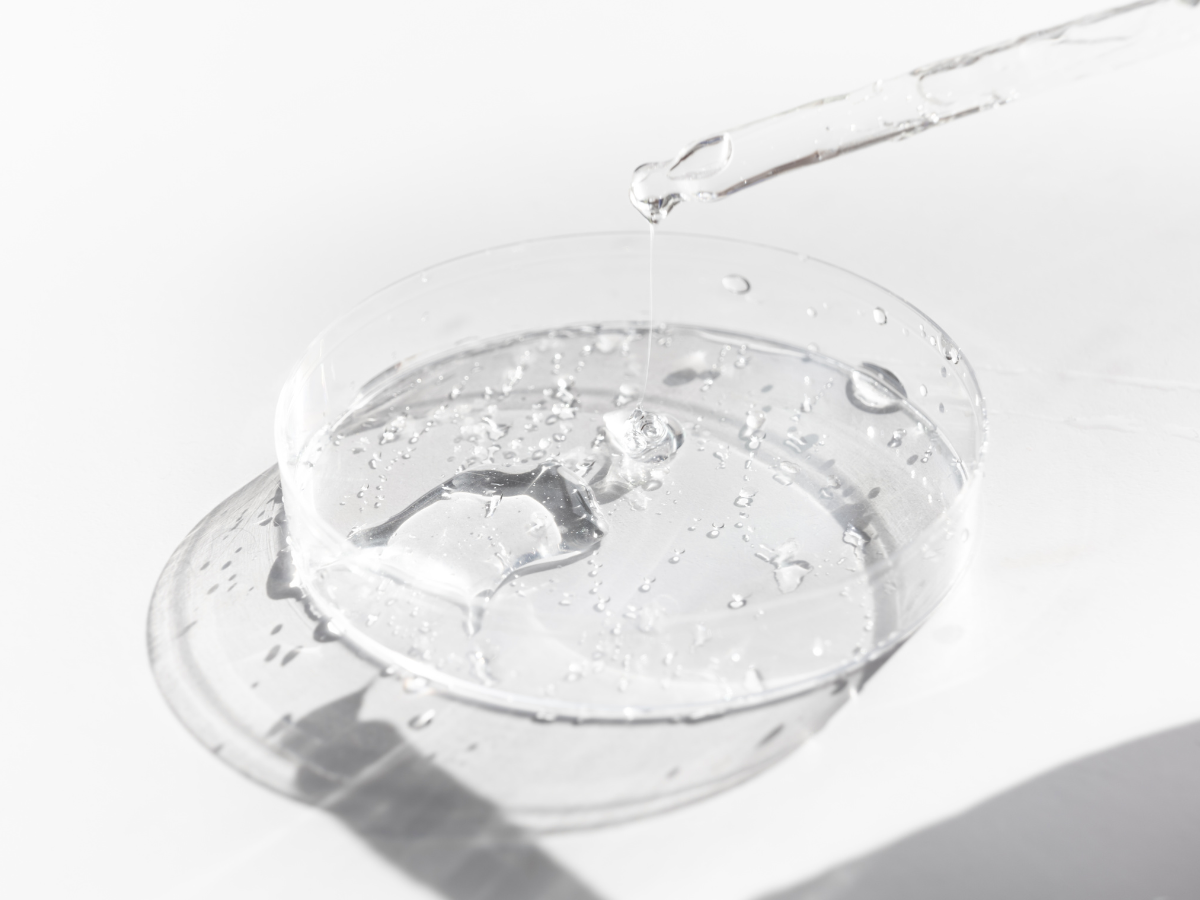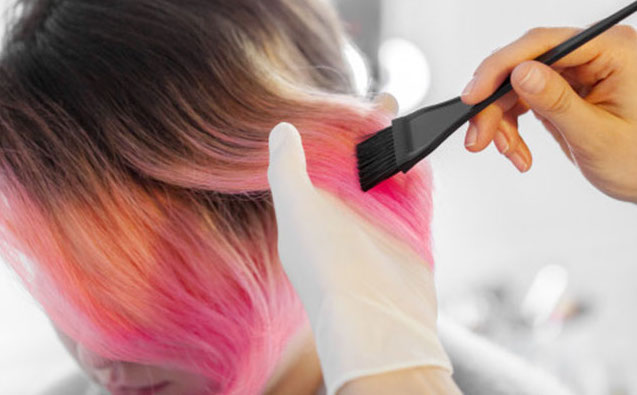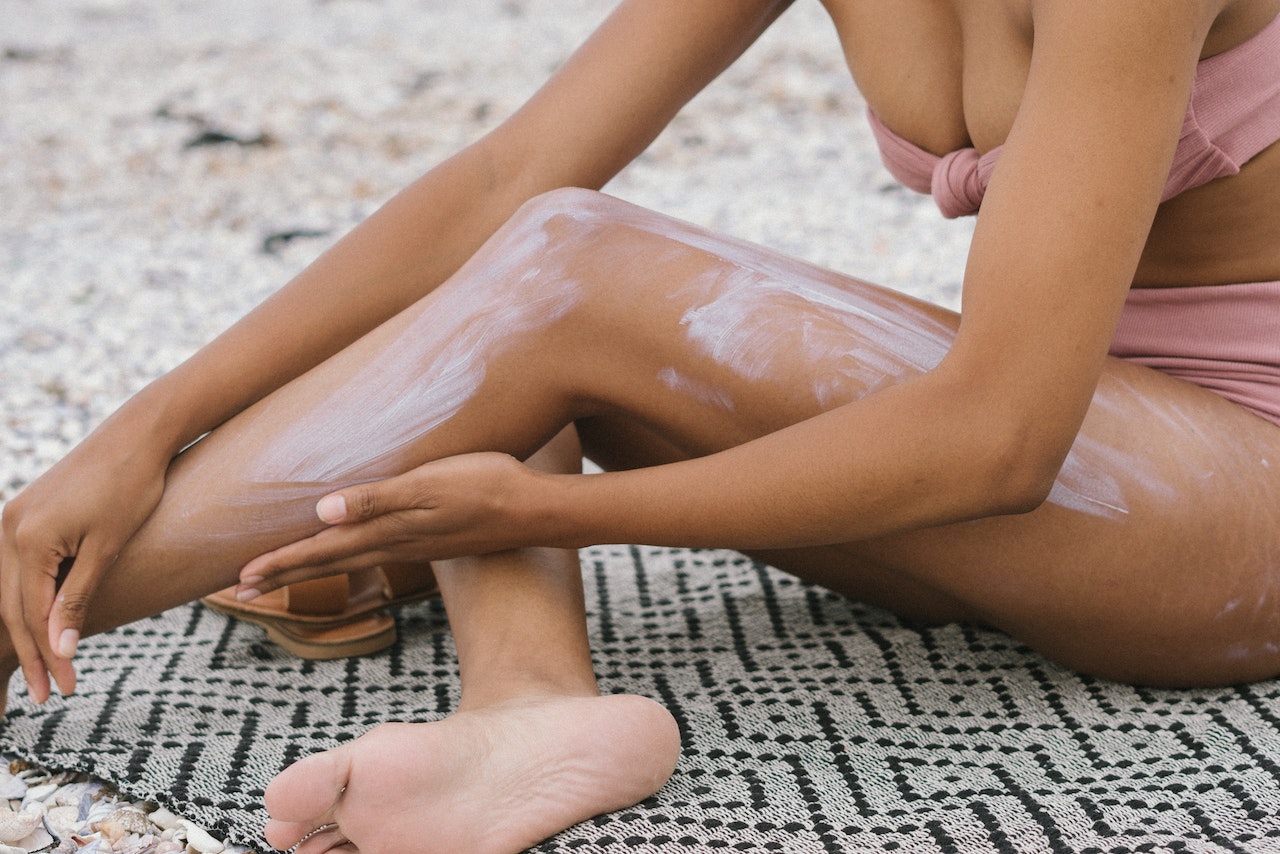ZINC AND ZINC PYRITHIONE
Zinc is a trace mineral, vital to the human body and all forms of life, having catalytic, structural and regulatory functions. Nevertheless, high levels of dietary zinc can cause anemia, decreased absorption levels of copper and iron, and reduction of enzyme activities in several tissues. In 2003, the Scientific Committee on Food (SCF) established a tolerable total uptake level (UL) of Zinc up to 25 mg.
In the cosmetic industry, Zinc and zinc salts are used in a variety of categories. Cosmetic products might account for maximum 10% of the UL. One of the most widely used zinc salt is Zinc Pyrithione. It is an aromatic zinc compound used as an antidandruff, antiseborrhoeic, hair conditioning agent and preservative in cosmetics and personal care products. This compound has been used for more than 60 years as an anti-dandruff agent in concentration up to 1-2%.
In the European Union (EU), in accordance with the European Cosmetic Regulation No. 1223/2009,, Zinc Pyrithione is included in the list of substances which cosmetic products must not contain except subject to the restrictions laid down (Annex III). According to same Regulation, Zinc Pyrithione is also included in the Annex V (list of preservatives allowed in cosmetic products), and may be used as a preservative in rinse-off products (excluding oral hygiene products) in a concentration up to 1% in hair products and 0.5% in other products (Annex V/8).
The U.S. Food and Drug Administration (FDA) allows the use of Zinc Pyrithione as an active ingredient in Over-The-Counter (OTC) dandruff and seborrheic dermatitis drug products.
SCCS OPINION ON ZINC PYRITHIONE
The European Scientific Committee on Consumer Safety (SCCS) has expressed its opinion (March 2020) regarding the safety of Zinc Pyrithione (ZPT) in cosmetic products. The SCCS concluded that Zinc Pyrithione was “safe when used as an anti-dandruff in rinse-off hair products up to a maximum concentration of 1%”. This opinion updated a previous SCCS opinion (2013), that stated that this ingredient was safe up to 2% as an antidandruff agent in rinse-off products.
In 2018, ECHA’s Risk Assessment Committee (RAC) issued an opinion proposing harmonized classification and labelling at EU level of Zinc Pyrithione as a CMR 1B substance under Regulation (EC) No. 1272/2008 (presumed human carcinogen, mutagen or reproductive toxicant based on animal studies). According to this Regulation, the use of this type of substances shall be prohibited in cosmetic products, unless, by way of exception, specific conditions are fulfilled.
Zinc Pyrithione was at least a mild skin irritant to human volunteers and it was a severe eye irritant in animal studies. This compound was not a skin sensitizer when tested in guinea pigs and it demonstrated a low potential to induce contact hypersensitivity in humans, when tested alone or in cosmetic formulations. Zinc Pyrithione is neither genotoxic nor mutagenic in vivo and in vitro. It showed no evidence of carcinogenic potential in chronic oral and dermal studies.
In sum, Zinc Pyrithione is considered safe by the SCCS and may be used in cosmetic products made available in the EU market, but only if used up to 1% in rinse-off products. If you need further support understanding Zinc Pyrithione limits applicable to your products, feel free to contact us at info@criticalcatalyst.com.
References:
- European Food Safety Authority (EFSA) Panel on Dietetic Products, Nutrition and Allergies (NDA) – Scientific Opinion on Dietary Reference Values for Zinc, 2014. Available at: https://efsa.onlinelibrary.wiley.com/doi/epdf/10.2903/j.efsa.2014.3844
- Joint FAO/WHO Expert Committee on Food Additives (JECFA) – Zinc. Available at: https://apps.who.int/food-additives-contaminants-jecfa-database/chemical.aspx?chemID=4197
- Scientific Committee on Consumer Safety (SCCS) – Opinion on Zinc Pyrithione (ZPT), 2019. Available at: https://ec.europa.eu/health/sites/health/files/scientific_committees/consumer_safety/docs/sccs_o_236.pdf














